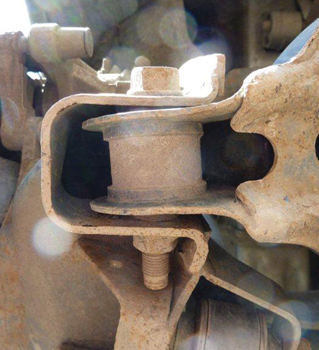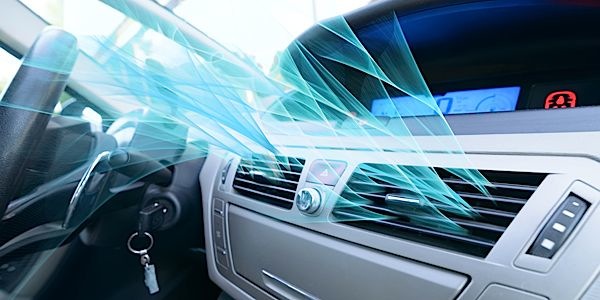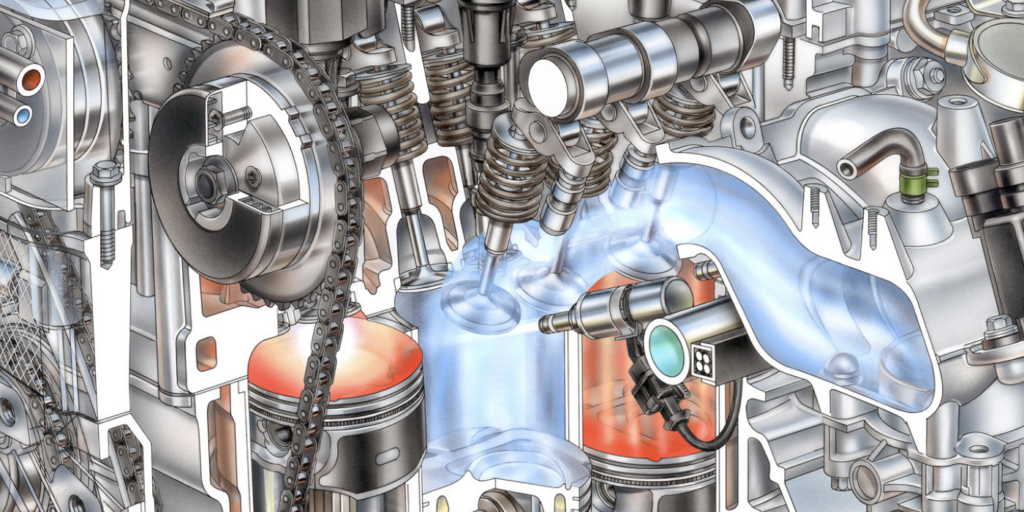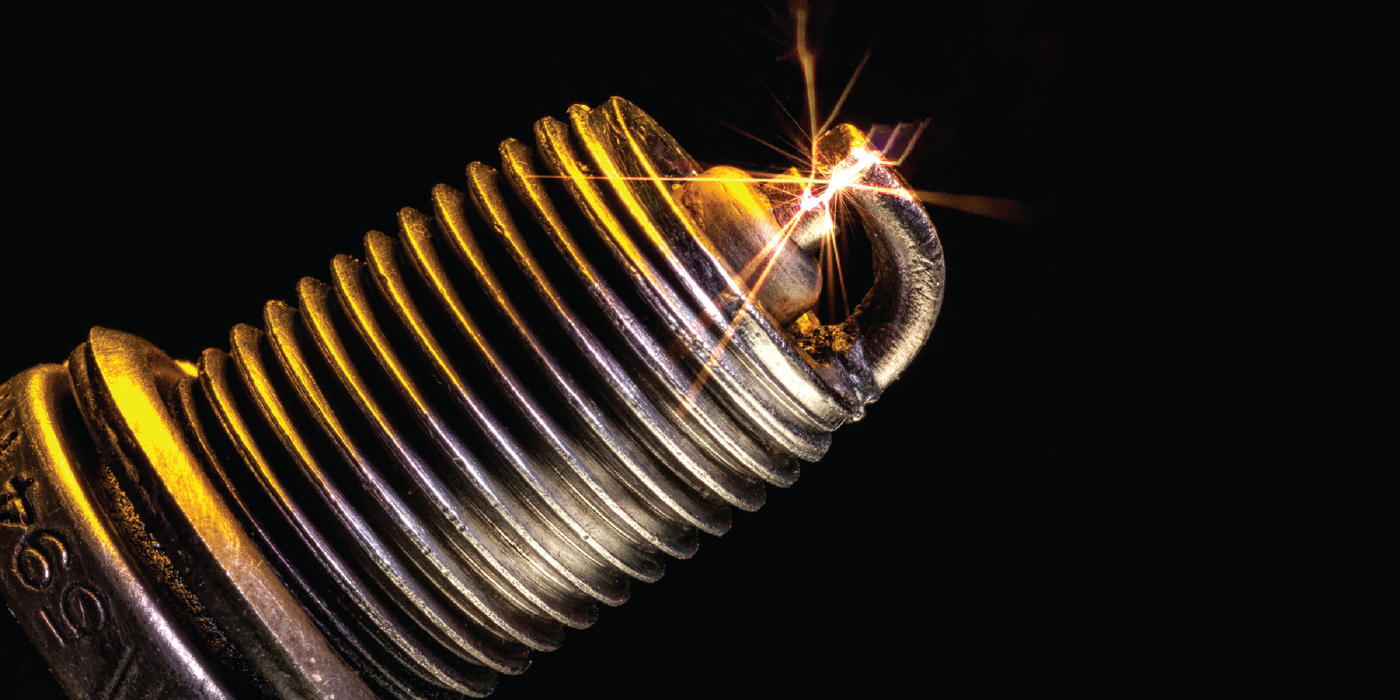 By Glen Beanard
By Glen Beanard
There is no real maintenance schedule for a bushing beyond periodic inspection. While tie rod ends and ball joints might occasionally receive a little “thanks” for all their hard work in the form of a greasy treat, the bushing gets no such thanks. In fact, such a “treat” can mean death to a rubber bushing.
Taking the Good with the Bad
Like all things, with differences in design come compromises. Natural rubber bushings have a few good things to offer. Some of the best include their ability to absorb road shock, absorb minor vibrations and noise from neighboring suspension parts, and that they are noise free in their own operation (when in good condition).
Bushings do not tolerate heat and petroleum exposure very well. Heat can cause the rubber to harden and crack. Petroleum will also react with the rubber, causing it to degrade to the consistency of jelly.
Those issues can, and do, become real problems for the motorist when the bushings are located next to an exhaust pipe such as the radius arm bushings on the earlier Explorers and Ranger trucks. For another good example, look at what happens when they are trapped behind a hot engine with very little room to breath, such as the inner tie rod ends on a Chrysler LH-body vehicle.
A leaking transmission cooler line onto a rubber strut rod bushing can cut a rubber bushing’s life very short, as in the common scenario of a Taurus. Another shortcoming is the amount of unwanted deflection that a rubber bushing can provide. Even when “good,” a rubber control arm bushing or anti-sway bar bushing’s unwanted deflection can cause excessive body roll. Excessive body roll can cause the contact patch of the tires to be reduced. That is a problem for more people than just the lead-foot driver. That is a problem also for the soccer-mom in the minivan taking an interstate exit ramp in wet weather, or having to suddenly avoid something in the road. It an also be a problem for anyone near these people on the roadway.
In the case of a common rubber control arm bushing, excessive twisting can tear the bushing. Another factor to consider, with the normal amount of compaction that occurs with a rubber strut rod bushing, salt and sand can be allowed to get between the bushing and frame. So now, instead of just needing a new bushing, it may also require repairs to the vehicle’s frame work.
Inspection and Diagnosing
A proper test drive should allow for a wide range driving conditions. A trip around the block doesn’t count, you need enough road for cornering left and right, hit bumps, cruise on straight and level ground for braking and accelerating. Strut rod bushings and radius arm bushings may not make a noise, but will cause a pull when braking or accelerating. It may require a sudden brake and steer in an empty parking lot to reveal a failed control arm bushing. If the steering wheel seems to have a new “center” after making different turns, the rack and pinion mounting bushings are suspect.
Back at the shop, a dry park test should come next. This is best performed on a runner-style lift, such as an alignment rack. Ideally, the front wheels should not be placed on the turn plates for this, when using an alignment lift. Instead, the vehicle should be driven onto the lift as far a possible, yet before the front wheels are on the turn plates. For some vehicles with extra long wheelbases, that may not be possible. For those, the technician will just have to account for the extra free play and noise caused by the plates shifting around, or remove the plates from the lift.
While one person is rocking the steering wheel left and right repeatedly, another should be underneath and observing the steering and suspension components. The dry park test is very successful in finding problems because the steering parts are under the most stress while sitting still, the suspension is compressed to the position that has the most wear in its parts, and a technician is provided a safe ringside seat to observe it all.
While underneath the vehicle, a rubber hammer and pry bar can be employed. If the vehicle is equipped with link pins that utilize the ball and socket-type ends, use the rubber hammer to strike upward on them. A metallic wrap sound will emit from one with excessive internal wear. Since you are likely checking the vehicle for a “noise,” it is a good idea to work the exhaust and other problem areas over with the rubber hammer. You may be surprised what else will turn up.
Prying on a control arm to find 1/8th inch or more of free play (rubber bushing) can reveal when they have reached their life’s end. Tire wear patterns can also serve as a clue. The tires may show signs of camber wear, even though the alignment may check “good” on the alignment machine. The reason is that the alignment machine only shows a static measurement of the steering and suspension system. Worn or softened bushings may allow the camber, caster and toe angles to wander out of spec while in motion.
Be sure to check the sub frame bushings when applicable. They degrade and allow the sub frame to shift around. That can play havoc with the camber and caster. New body bushings under the cab and bed of a pick-up can do wonders for noise reduction to the interior of the cab.
Replacement
Replacement of a bushing is generally straightforward. Sometimes, it involves simply replacing the component they press into. When it comes to replacing a body bushing under a cab or bed of a truck, it is wise to replace them one side at a time. That is mainly for safety reasons. Remove the bolts on one side of the cab and loosen the bolts on the other side, then jack the cab up and change one side. Repeat for the other side.
Control arms have a simple rule too. For rubber bushings, the pivot bolt must be tightened with the weight of the vehicle on the wheels. The reason is that the rubber has twisting limits and a “center” of operation. The “center” of operation for a control arm must be the suspension’s loaded position while sitting still.
A common error for a technician is to install a control arm, then torque the pivot bolt while still on the lift. While on the lift, the suspension is at the end of its travel. If the technician torques the pivot bolt under those conditions, when the vehicle is lowered, the bushing will be in a constant twist. That condition is a death sentence to the bushing, one that may be carried out at the first good bounce of the suspension.
That scenario is not an issue for polyurethane designs. Strut rod and radius arm bushings should be replaced in pairs to prevent great differences in caster between sides.
Replacement of degraded bushings can prove beneficial to both customer and the repair shop. Upgrading them to urethane will not only provide handling improvements for the customer, but can open a new market to a repair shop that they never tapped before. That is the performance modification market. Whatever design you choose to use as a replacement, whether it be rubber or urethane, you have to first inspect them before you can recommend them.
 By Glen Beanard
By Glen Beanard












